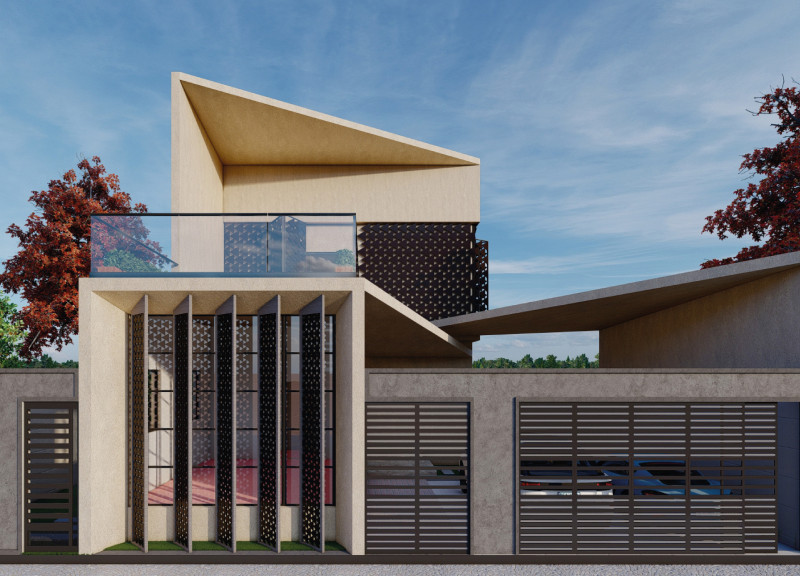5 key facts about this project
At the heart of the project is the concept of connectivity, both within its internal layout and in its relationship to the surrounding environment. The design employs an open floor plan, which facilitates a natural flow of movement and encourages social interaction among its users. Spaces are arranged thoughtfully, allowing for versatility and adaptability according to the needs of occupants. This flexibility is a key feature, enabling the architecture to cater to various functions, whether it be public gatherings, private events, or everyday interactions.
Materiality plays a significant role in the overall character of the project. The careful selection of materials enhances not only the visual quality of the architecture but also its sustainability. Notable materials utilized include [insert materials such as concrete, steel, glass, wood, etc.], each chosen for its durability, aesthetic properties, and environmental performance. The use of these materials is not merely functional; they contribute to the sensory experience of the space, where natural textures and finishes create a warm and inviting atmosphere.
The façade of the building is designed to respond dynamically to its surroundings. It incorporates large windows that invite natural light deep into the interior, promoting energy efficiency while offering views of the surrounding landscape. The interplay of light and shadow across the surfaces of the building adds depth and visual interest throughout the day, marking a fluid transition between the exterior and interior spaces.
Unique design approaches are evident in various architectural elements throughout the project. Innovative solutions, such as [insert specific architectural features like green roofs, rainwater harvesting systems, or community engagement spaces], are integrated seamlessly into the design, enhancing both functionality and environmental stewardship. These features not only meet practical requirements but also enrich the user experience, illustrating a commitment to progressive architectural ideas.
The project embraces the principles of biophilic design, fostering a connection to nature through the incorporation of landscaped areas and green spaces. These elements invite users to engage with the environment, promoting mental well-being and a sense of community. Landscaped terraces contribute to the biodiversity of the area while providing recreational spaces for both residents and visitors, effectively dissolving the boundaries between the built environment and nature.
In discussing the architectural plans, sections, and design specifics, it becomes evident that each aspect of the project is carefully considered to enhance functionality without compromising aesthetic integrity. The architect’s vision is rooted in a pragmatic understanding of the needs of the community, leading to a design that honors its context and purpose.
This architectural project stands as a testament to the potential of thoughtful, user-centered design in shaping our built environment. It encapsulates a harmonious merging of tradition and innovation, providing a model for future architectural endeavors within similar contexts. For those interested in a deeper understanding of this project and its design specifics, exploring the architectural plans, sections, and overall architectural ideas will provide more insight into its unique contributions to contemporary architecture and community engagement.


























